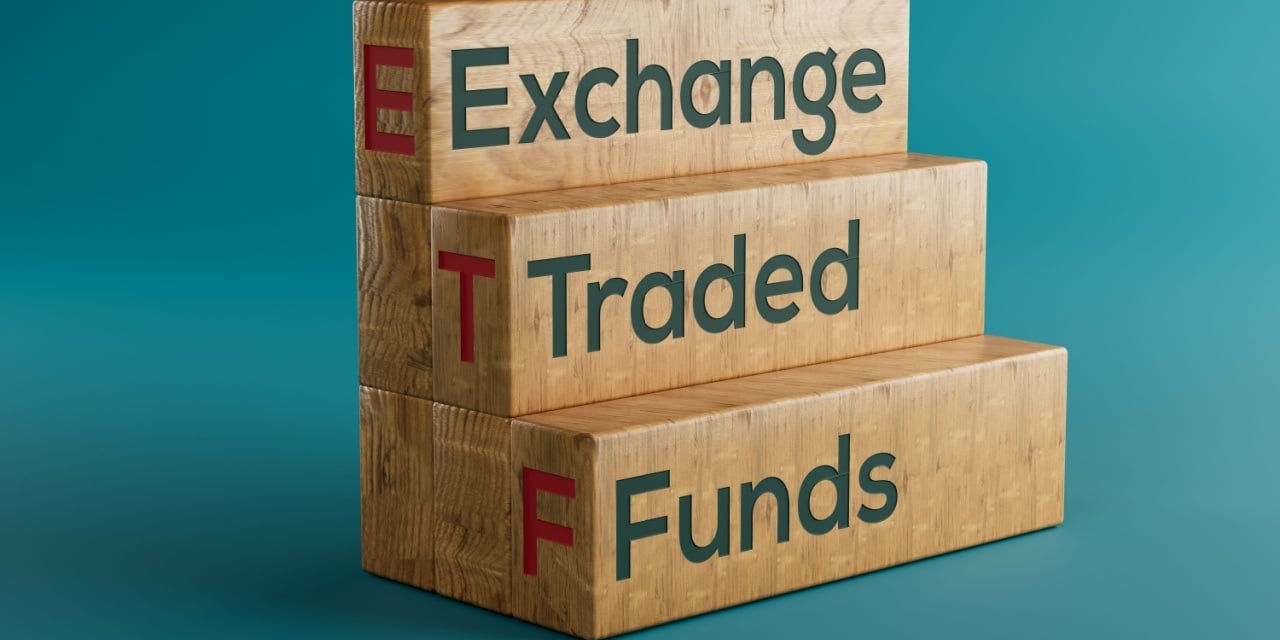Introduction
I would like to begin by expressing my sincere appreciation to a few experts at BingX, specifically J and L, whose guidance has been indispensable. Although I can’t disclose their identities, their input has been immensely valuable. Among the many centralized exchanges (CEX), I decided to choose BingX, prioritizing selection over sheer effort. Please note that this article is not intended as investment advice. I’ll skip the obvious disclaimer, as everyone understands it—selection outweighs effort.
Trading revolves around choices: what to invest in, when to buy, and when to sell. It’s an ongoing process of decision-making. The main difference between cryptocurrencies and traditional stocks is that cryptocurrency demands quicker decisions.
The outcome of each decision varies based on the market conditions. In uncertain markets, the best choice is often to avoid losses. Yet, the majority of traders, especially office workers, continue to trade with hopes of profits. If the market conditions don’t favor success, opposing them results in inevitable losses.
The path to achieving $1 million lies in making informed choices—and making them swiftly.
1. Selection Over Effort: The Key to Choosing Coins
In crypto spot trading, the options are simple: 1. Bitcoin, 2. Altcoins, and 3. Meme coins.
How do you make the right choice? The coin you choose can make all the difference. Many traders fall into misconceptions, leading them to continuous losses:
- They believe crypto is a quick way to wealth, and because Bitcoin’s growth is slower, they turn to altcoins. When altcoins show limited growth, they try meme coins, known for their volatility. This leads to trading in multiple assets and, ultimately, to substantial losses.
- A certain influencer claims to have earned millions by trading meme coins, so they jump in, only to face financial setbacks.
Statistics show that over 80% of crypto traders lose money because of poor coin selection.
The risks associated with Bitcoin, altcoins, and meme coins differ significantly: Bitcoin < Altcoins < Meme Coins. These risk levels are inherent and must be understood. It’s crucial for traders to assess their own risk tolerance before selecting a coin—self-awareness is key.
1.1 Risk Tolerance: Understanding Your Limits
If your risk tolerance is low, you’ll quickly feel uncomfortable, even anxious, as the market fluctuates. This discomfort can lead to hasty exits from positions and poor decision-making, increasing your risk of losses.
Can you push beyond your risk tolerance? Yes, but only if there is a high probability of success (over 60%).
Once you decide on a position, you must be ready to accept the worst outcome—loss of capital. For instance, if you’re only comfortable risking $1,000, don’t invest it all in high-risk meme coins unless you’re prepared to lose it.
Many traders think they can turn $1,000 into millions, but they fail to handle the risk of losing it all. If you’re ready for the possibility of total loss, you should know that borrowing money is common once your initial capital runs out.
In fact, most traders borrow funds not because they lost everything, but because they previously made profits and want to leverage them further.
1.2 Understanding the Right Risk Level: Bitcoin < Altcoins < Meme Coins
The risk level varies for Bitcoin, altcoins, and meme coins based on the information available to you. How can you stay informed?
- If you have connections to hedge fund managers or high-level executives, trading altcoins may be profitable for you.
- If you’re friends with influential figures, like major KOLs or celebrities, meme coins could be lucrative. Note: These should be real relationships, not just social media followers.
Why is having connections important? They give you access to insider information, giving you a head start.
If, like me, you don’t have such connections, it’s wise to allocate 80% of your funds to Bitcoin and focus on independent market analysis.
For me, Binance Plaza is less efficient—it’s harder to find valuable data, and I’d rather quickly analyze the Bitcoin price on BingX to understand market trends.
This is about making informed decisions rather than wasting time.
2. Selection Over Effort: The Second Step to $1 Million – Timing
While no asset follows a perfect four-year cycle, many believe Bitcoin does. The truth is, predicting market cycles accurately has a probability of only 0.06%.
So, why does Bitcoin seem to follow this cycle? It’s not just about mining halving; it’s about liquidity—“hot money.”
Every four years, the U.S. election injects liquidity into the market to please voters, creating predictable cycles of asset appreciation.
The real secret to timing is understanding when liquidity enters or exits the market—that’s the essence of investing.
2.1 Timing the Market: The Role of Liquidity
Markets are driven by people, and understanding individuals can be complicated. Therefore, it’s easier to track hot money.
Meme coins often surge because they act like balloons, inflating rapidly when liquidity enters. However, all financial crises stem from a balloon bursting due to excess liquidity.
Knowing when these “balloons” will expand or pop is crucial to perfecting your timing. I prefer platforms like BingX because it conducts extensive research on the listed coins, saving me time.
Even well-researched altcoins can crash. Therefore, precise position management is essential—perhaps only allocating 1% of your portfolio to new coins with automated buy/sell settings.
3. Selection Over Effort: The Third Step to $1 Million – Position Sizing
Position sizing reflects your ultimate decision-making.
Many traders lose money because their final actions contradict their initial strategy. For example, an investor with a $1,000 risk tolerance may opt to invest everything in meme coins, treating it as a gamble.
Proper position sizing involves determining how many losses you can afford. If you’re prepared for 100 losses, you should only risk $10 per trade.
Since predicting short-term price movements is challenging, Copy Trading is a great way to minimize risk. Having tested various platforms, I prefer BingX for its advanced Copy Trading feature, which ensures a smoother trading experience.
Top 5 Exchanges
1. Coinbase: Quick bank transfers, but high fees.
2. Binance: Facing regulatory issues and losing market share.
3. Bybit: Strong in contracts but lacks scalability.
4. OKX: High volume, but not much else stands out.
5. BingX: Superior in coin selection and timing for secondary markets.





